説明
フリーメイソン(英: Freemasonry)は、16世紀後半から17世紀初頭に、判然としない起源から起きた友愛結社。現在多様な形で全世界に存在し、その会員数は600万人を超え、うち15万人はスコットランド・グランドロッジならびにアイルランド・グランドロッジの管区下に、25万人は英連邦グランドロッジに[5]、200万人は米国のグランドロッジに所属している。
琺瑯(ほうろう)は、鉄、アルミニウムなどの金属材料表面にシリカ(二酸化ケイ素)を主成分とするガラス質の釉薬を高温で焼き付けたもの。難解な漢字のため「ホーロー」と表記されることが多い。英語では Enamel(エナメル)。
Freemasonry.MEDAL.
PA THE WHITEHEAD AND HOAC CO NEWARK, NJ.
DESTINED FOR THE TRUE COLLECTOR.

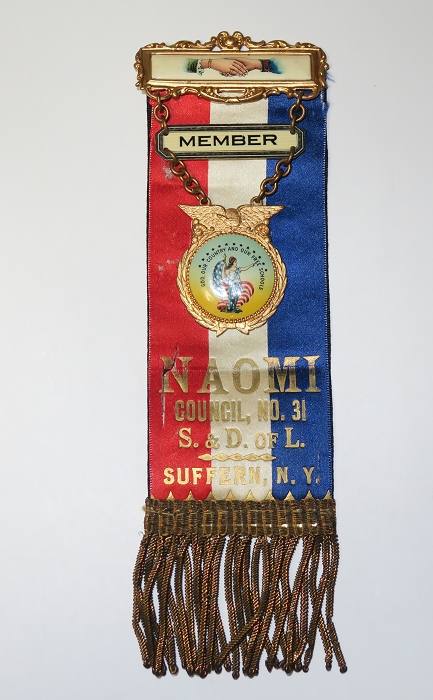


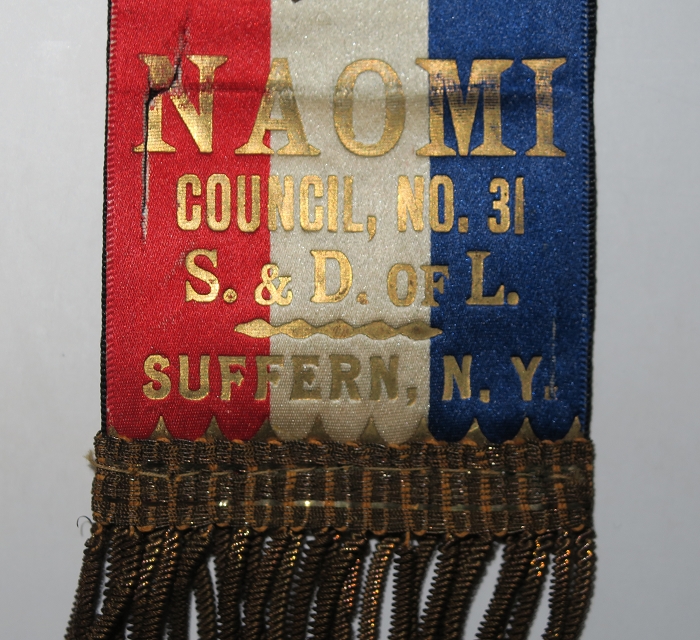
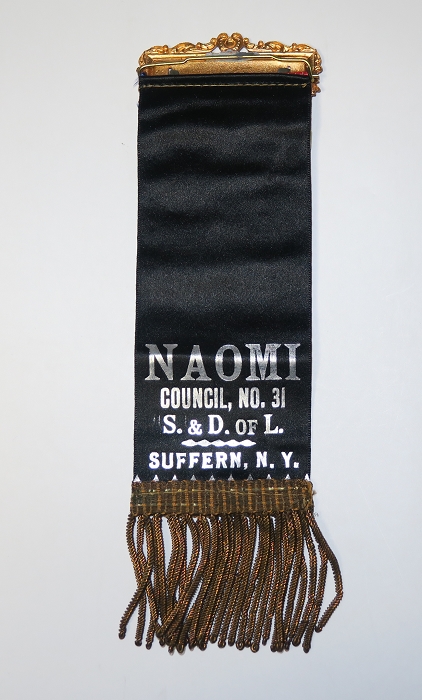
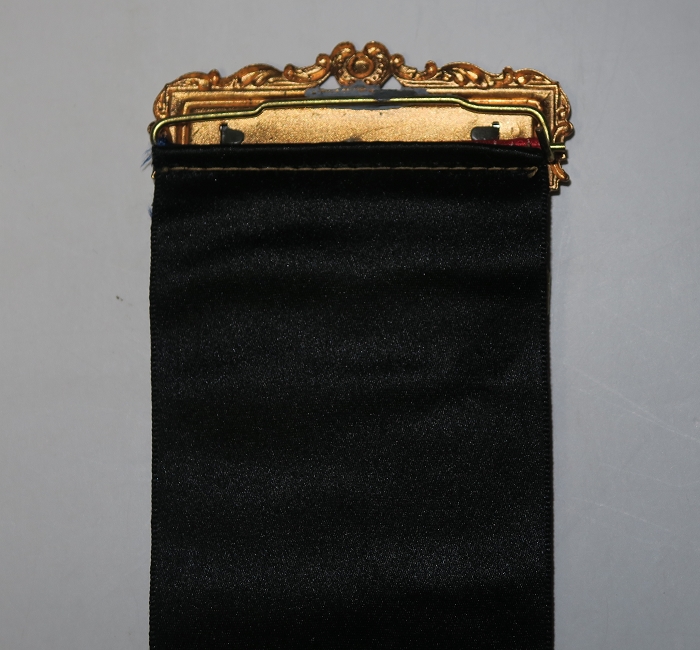
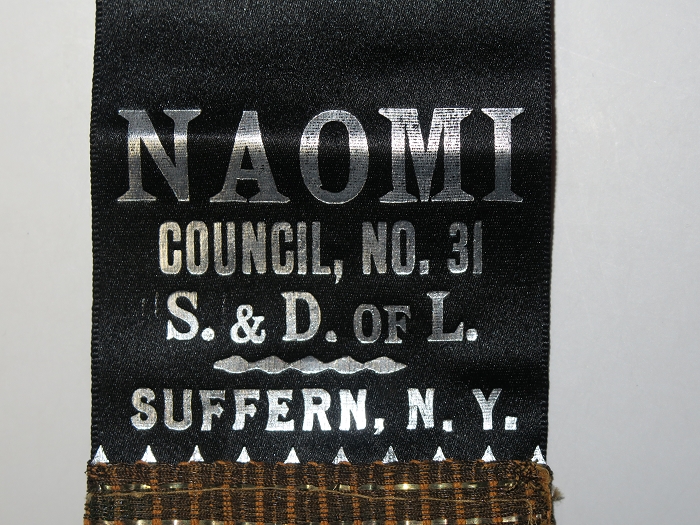
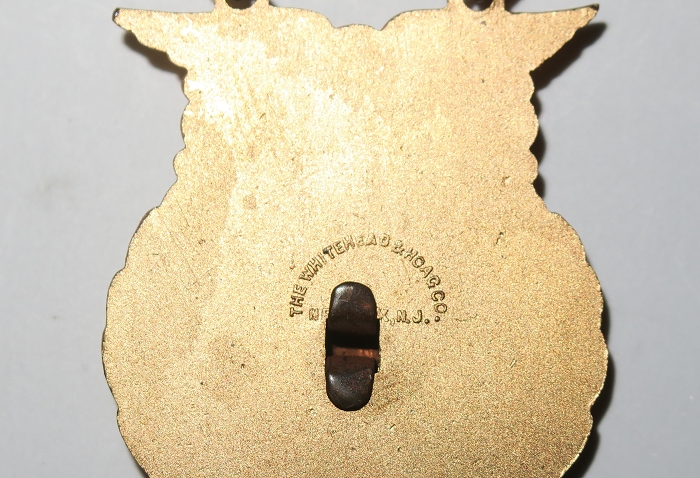
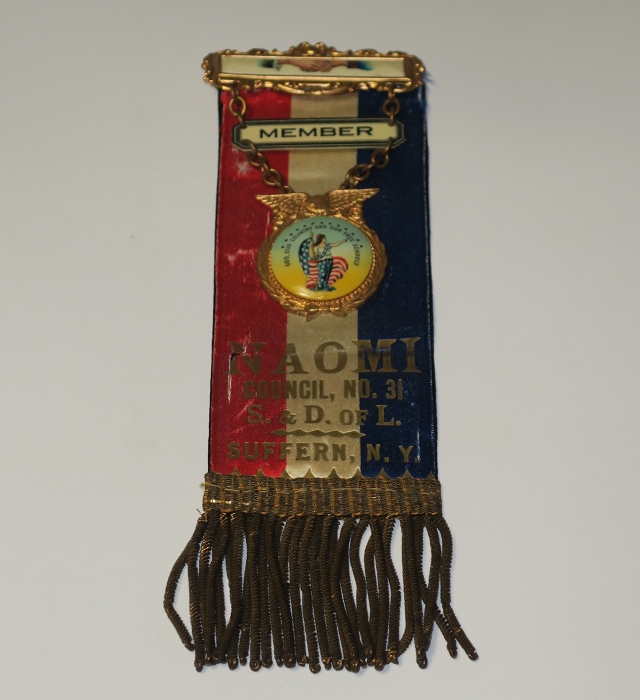
THE WHITEHEAD AND HOAG
COMPANY 1892-1959
The Whitehead and Hoag Company was the preeminent American manufacturer of advertising novelties. The company was founded in 1892 by Chester R. Hoag and Benjamin S. Whitehead. Initially, the company was known for the creation and manufacture of ribbon badges. In 1896, they introduced the pin back button for which they held the patent. W&H went on to become the world’s largest manufacturer of quality buttons and remained so for many years. The company also manufactured various types of medals in bronze, silver and gold, calendars, pocket knives, paperweights, letter openers , celluloid items and novelties of every sort.
In 1892 , the main office and factory was located at Washington and Warren Streets. As the company continued to grow and expand , a new factory was built at 272 Sussex Avenue and First Street in 1903. The new factory had a complete printing and lithographing plant with over fifty modern presses, a complete art and photo engraving plant in which all the engraving sketches and plates were made, a complete button plant with the capacity of one million buttons a day, and a machinery plant where the company made all its own tools, dies and special machinery.
Due to the immense popularity of their advertising novelties the company began to establish offices throughout the United States and in many foreign countries. The branch offices were given samples to show prospective clients . To assist the sales force, the Home Office provided them with a list of all conventions to be held in the branch office city. However, it was up to the branch office salesmen, who worked on commission, to contact all the local businesses, organizations and churches to solicit additional business. All the manufacturing was done in Newark until the factory closed in 1959.
Not willing to lose a button order, the company maintained a strictly non-partisan stance. Small groups such as the Socialists, Communists and Prohibitionist could place their button orders as easily as the Democrats or Republicans could. To create an attractive and high quality product W&H would use the famed illustrators Maxfield Parrish and Norman Rockwell from time to time. They also had a great talent pool on staff.
In 1919, the company experienced a significant reorganization and became a non-union shop. Prior to this, most of their items were marked with the union seal. Although W&H was no longer a union shop they would still mark certain items to appear as if they were union made- especially political buttons.
In 1959, Whitehead and Hoag was sold. The purchaser was Bastian Brothers of Rochester, New York, a long-time competitor of W&H. Because Bastian Brothers was a union shop it was often undersold by W & H. Not being able to compete with W&H’s prices they would subcontract some of their work to W&H and buy parts from them as well. When the opportunity came to purchase their competitor they did not hesitate.
There are several reasons why W&H sold out to Bastian Brothers. In 1953, with the death of Phillip Hoag no member of the family was left on the board or in a policy making role. In addition, the company’s profitability would vary greatly making substantial money for a year or two and then operating at a loss for several years. Thirdly, was the company’s insistence on making top quality product and their refusal to advertise any other way but on their own product. In the early years, if a customer insisted that the W&H logo not appear on an item, the price was raised considerably. Maybe, in the final analysis,they failed to keep up and change with the times.
The Newark factory was closed in May of 1959. Bastian Brothers continued to use the Whitehead and Hoag name finally phasing it out in 1964-1965.Whitehead and Hoag items are avidly sought by collectors and the rarer objects are rather expensive.


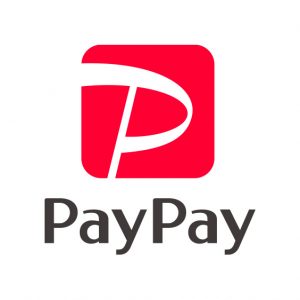

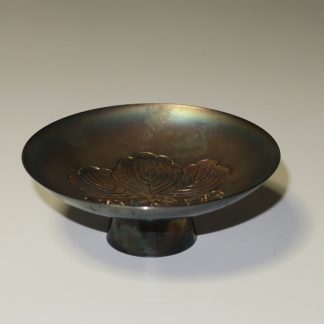
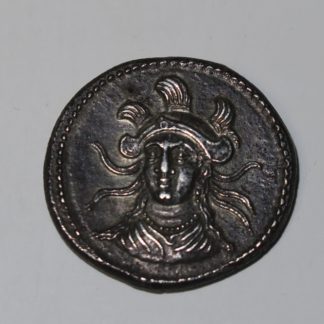
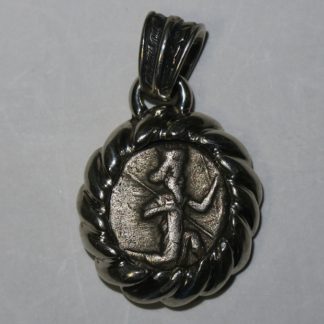
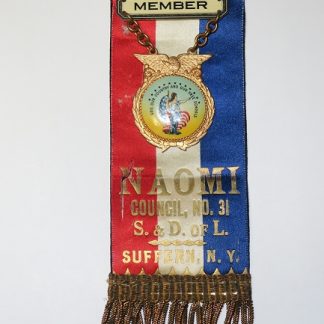
レビュー
レビューはまだありません。